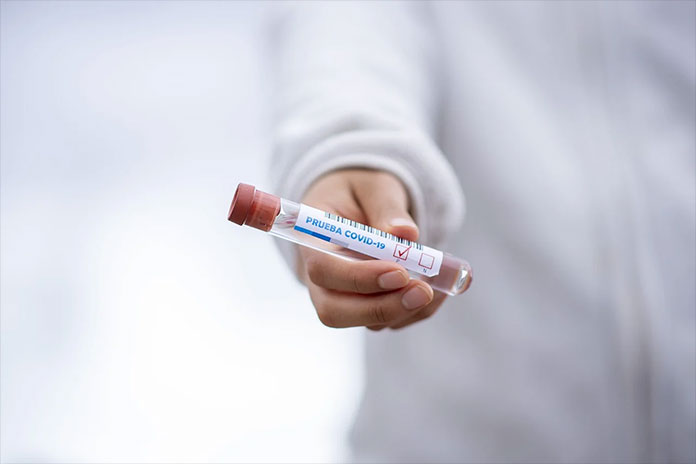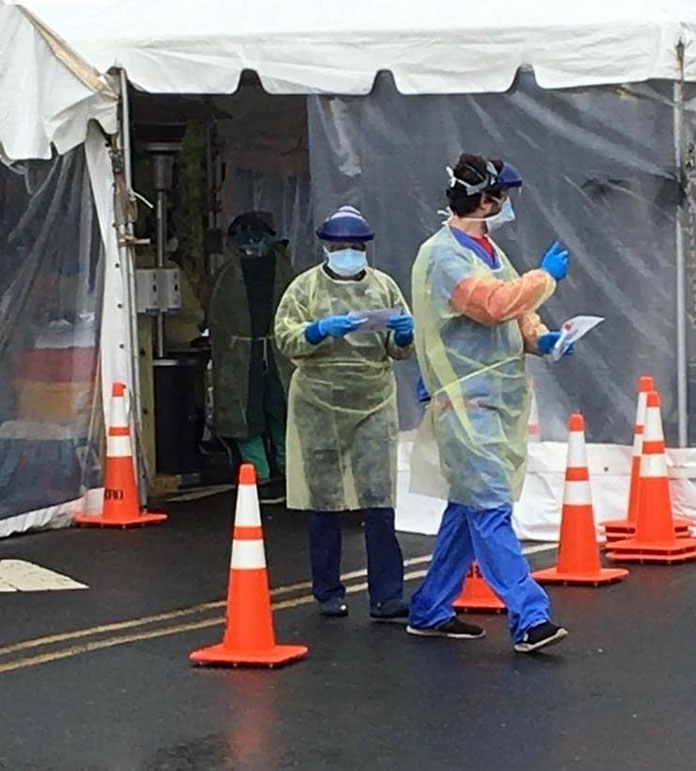
OCEAN COUNTY – In the early days of the coronavirus pandemic, the big question was “Is it here?”
People looked up the numbers in the state, in the county, even in their own towns. Slowly, each town started to have some positive cases of COVID-19.
This made people need even more information. Who had it? Where in town was it? Some members of the public even wanted to know what streets the people lived on.
Now that it is here, people study the numbers differently. They see the large totals. They wonder when we might get past this. They wonder if it’ll ever go down. They wonder if the whole thing is blown out of proportion.
The truth is that the numbers have always been a guideline rather than something set in stone.
Daniel Regenye, Ocean County’s Public Health Coordinator, explained the numbers. The case counts show how many tests came back positive. It doesn’t show if someone got better. It doesn’t show if someone moved.
There have also been issues where people’s zip codes don’t correspond to where they actually live. For example, there are people in Berkeley’s senior communities that have Toms River postal codes.
Anecdotally, many people have a story of someone who had the symptoms but never got tested. Or, they got tested and got a false negative. So, they are not in that total, even though they probably should be.
The numbers on the county’s website come from labs, hospitals, or other providers, he said.
Therefore, the published numbers are another source of information to help people make decisions about their household’s choices and risk factors.

Can You Get It Twice?
There have been cases where someone tested positive for it, then negative, then positive again. However, it is unclear exactly what happened. It could be that the negative test was wrong. Here, doctors can’t tell from the numbers whether it was a new infection or the same one.
There are also different tests. The ones that the Health Department have been using for people at Ocean County College in Toms River is considered the most accurate. They draw a sample from the nasal cavity. Since there are different levels of testing, this leads to case totals that might not be accurate.
Should We Reopen?
Epidemiology – the study of how you get sick – is far from finished. People are still learning about diseases that have been around for decades. While coronaviruses have been around for a long time, this specific coronavirus, COVID-19, was first found last year. The medical community is constantly learning more about it.
For example, we know that the virus can exist on objects for a period of time, Regenye said. However, we don’t know yet how much of it needs to survive in order to transfer. People are being urged to err on the side of caution and clean surface areas.
Gov. Phil Murphy has been criticized by some as being too overbearing on his shutdown of the state, and of government overreach.
Regenye said that from a medical standpoint, erring on the side of caution is generally a good idea, but it’s hard to balance the medical side with the other down sides to the economy and other facets of life. COVID-19 has caused a ripple effect, impacting everything.
Health shouldn’t be defined only as ‘the number of deaths’ or the ‘number of cases.’
There are other ways to define health. During the quarantine, domestic violence numbers have gone up. Overdoses have gone up. Suicides are up significantly.
There is social and mental well-being in addition to physical. There needs to be balance, but it’s unclear exactly how to find that balance, he said.
The epidemiology still shows that the elderly and at-risk population are the most likely to die or be hospitalized. But at the same time, how do you open buildings and hold large gatherings? At what point are we willing to accept minor cases of COVID and not let them make others vulnerable?
Most cases are minor. However, they can come into contact with someone who is high risk.
The balance is to protect the most vulnerable among us while allowing everyone else to have some kind of normalcy, he said, but that is something no one has figured out yet.
Fake News
From the very beginning of the pandemic, there has been another plague: that of fake information being broadcast.
“It’s important to stay informed, but you should stay informed through credible sources,” Regenye said.
There are so many sources of good information, such as the state Health Department, the Center for Disease Control, or World Health Organization. Instead, people are believing what they read on social media.
You must filter out misinformation because it can drive you crazy, he said.
The medical community is still learning about COVID-19. What is true one day might be different the next. This will cause some people to give up on the experts, but they shouldn’t, he said.







